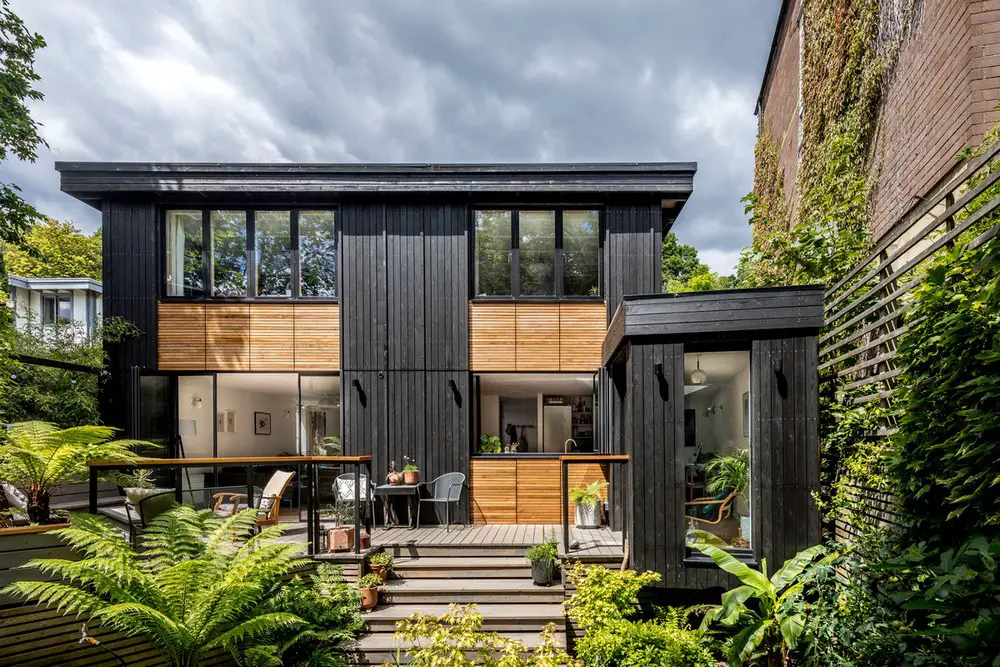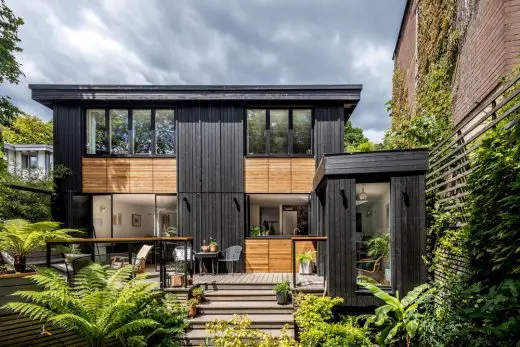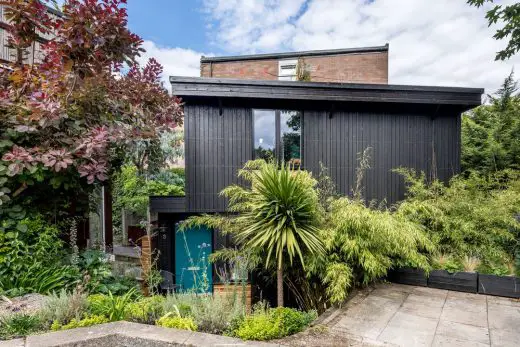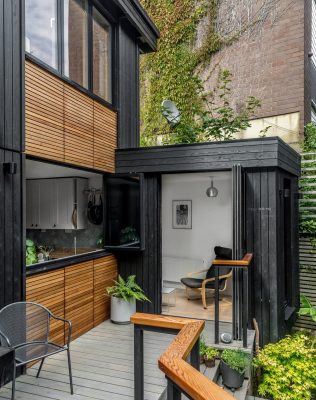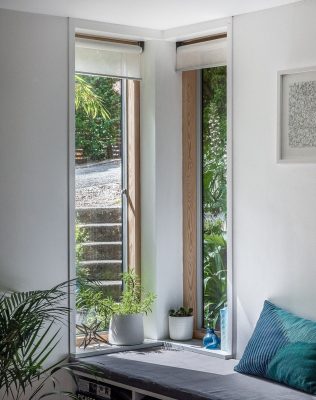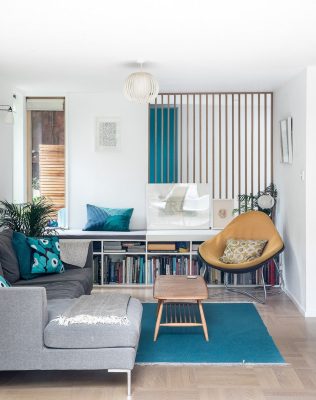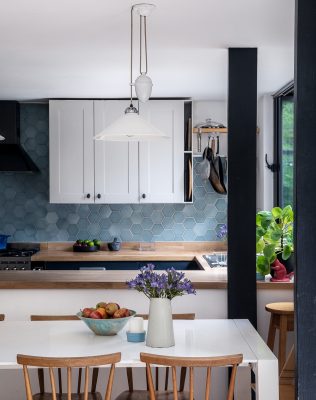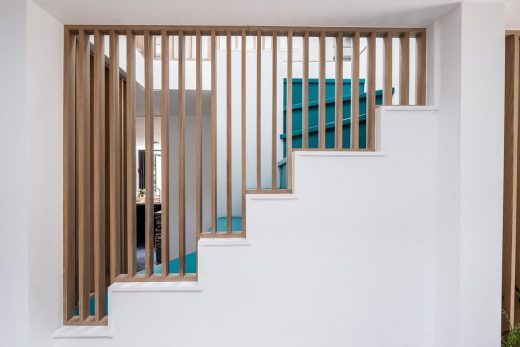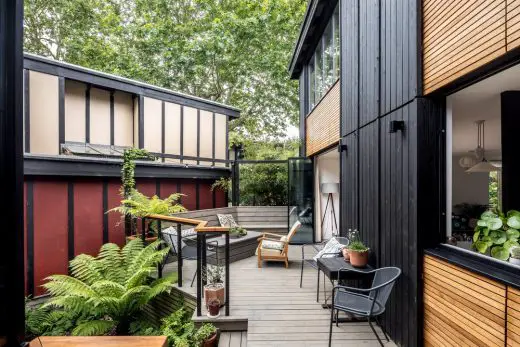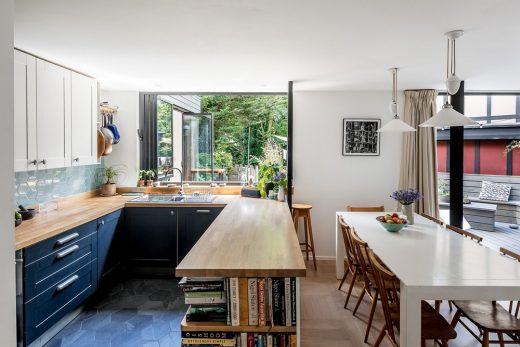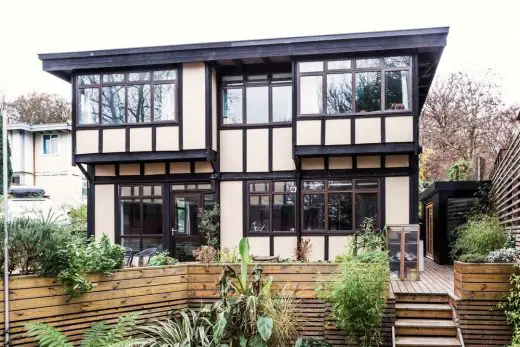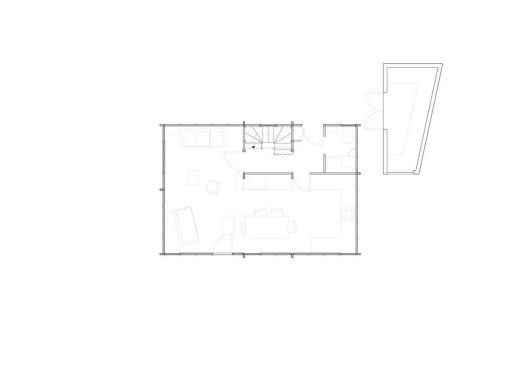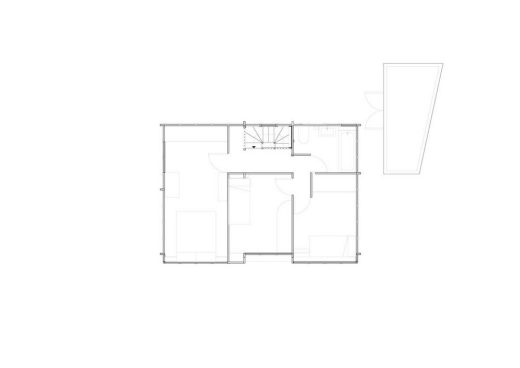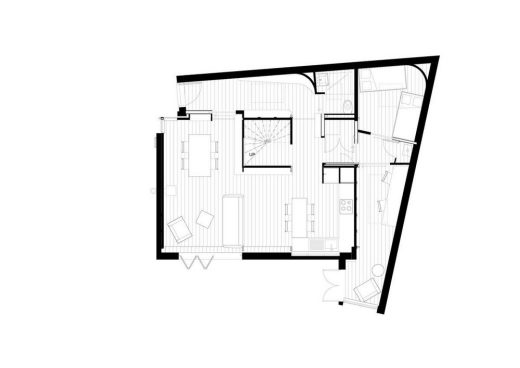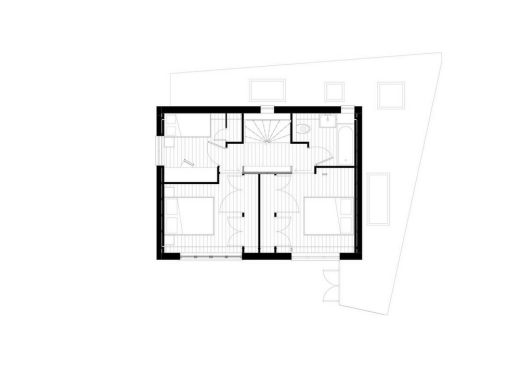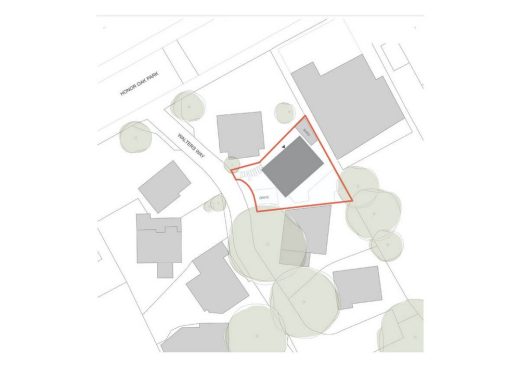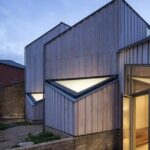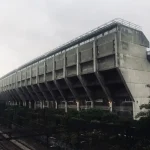Tower House Extension and Refurbishment, Lewisham Building Project, London Building Renovation, Architecture Image
Walters Way House in Lewisham, South London
28 Oct 2021
Design: MAP Architecture
Location: Lewisham, South London, England, UK
Photos by Taran Wilkhu
Walters Way House
MAP Architecture was asked to design and oversee the Walters Way extension and full-house refurbishment for this locally-listed, self-built, timber-frame “Segal House” in south-east London.
The architects worked closely with the clients themselves – who carried out the majority of the construction work – as well as with Jon Broome, who assisted renowned architect Walter Segal on the original house in the 1980s.
Segal inspired a generation of self-builders and architects with a socialist approach to building your own home. The street on which the house sits was built out entirely by the original occupiers, facilitated by the local council who could not afford to develop the site using traditional methods. That collective spirit remains – and has been described by some street residents as “a virus that is impossible to avoid!”
Jo and Justin caught the bug upon moving into the house as “second generation” Segalists and soon found that the much-loved home had reached a point in its life-cycle where repairs and adaptations were needed to keep it fit for modern life.
This included “pushing out” the original panelised construction to create larger rooms, renewing the roof to fix leaks, replacing (and moving) windows to improve privacy and accessibility to the lush garden, and adding a thick layer of environmentally-friendly insulation around the entire building to minimize drafts and keep the heat in. Materials were chosen to be as “natural” as possible – with woodfibre insulation chosen over more toxic plastic-based products, and EPDM rubber roofing over oil-based bitumen.
Luckily the original “Segal approach” was one based on practicality and flexibility – with timber framing and “dry” construction preferred over the more complicated “wet trades” of concreting and masonry. This meant that with the right support, anyone could build the homes regardless of existing skill level – and that improvements can be carried out with relative ease.
Jo and Justin wanted to take this approach into the refurbishment – which again utilises timber for the structural frame and cladding, with the minor elements of more challenging work undertaken with the help of a local builder. Costs were managed informally by the clients – which meant they could carry out the work in “packages” as and when they were ready.
We’re super impressed with the build quality that Jo (an art teacher) and Justin (a film-maker) have achieved and love how the refurbished home is full of warmth and light.
What was your approach to the environmental upgrade?
The original design concept of Segal houses is that they are completely changeable to the occupant’s needs. In this case the Segal-method lends itself to retrofit; over-cladding the external walls, replacing the windows and improving the existing roof did not involve demolition. As a timber frame building there is low embodied carbon in the construction to begin with which was carried through to our material choices.
The architects maintained much of the existing fabric with the removal of existing ‘glasal’ external finish. We used a breathable construction externally for the retrofit with doubt about over insulating the building in terms of moisture transfer across the existing breathable walls. We were aware that by improving the airtightness this also increased the likelihood of condensation. The existing external walls had an estimated U-value of 0.64 W/m2K. With space and budget restraints we were led to overclad these walls with Steico-flex wood fibre insulation ensuring breathability. We achieved a high thermal performance improvement bringing the U-value to 0.24 W/m2K. Successfully applying the same adaptation to the construction of the existing roof which improved the U-value from 0.37 W/m2K to 0.18 W/m2K
The updates to the glazing were also informed by our passive approach to design by increasing the amount of glazing for solar and thermal gain. Working with the Segal grid meant that we could move windows around, dictated by the proportions of the structural grid than planning requirements. The existing double-glazed windows with a predicted U-value of 3.8 W/m2K were replaced with new Velfac windows with an installed U-value of 1.14 W/m2K. The additional glazing included rooflights which increased the amount of natural daylighting to the spaces and thus reducing the amount of energy needed to light and in the summer heating.
Walters Way House in Lewisham, South London – Building Information
Architects: MAP Architecture
Structural Engineer: Paul Owen Associates
Consultant Architect: Jon Broome
Photography: Taran Wilkhu
Walters Way House in Lewisham, South London images / information received 281021 from MAP Architecture
Location: Lewisham, London, England, UK
South London Property
New South London Properties
Culverden Road House, Balham, Borough of Wandsworth
Design: Ciarcelluti Mathers Architecture Ltd
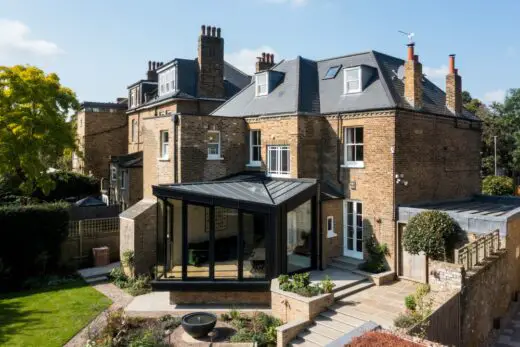
photo : French + Tye
Culverden Road House Balham
The Picture House, Balham
Design: NOTO Architects Limited
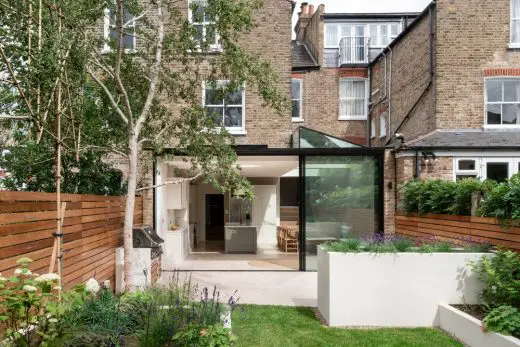
photo : French + Tye
Balham House Extension
London Architecture
Contemporary London Architectural Projects, chronological:
London Architecture Designs – chronological list
London Architecture Walking Tours
South London Housing
Churchwood Gardens, Forest Hill, South London
Design: Bryden Wood
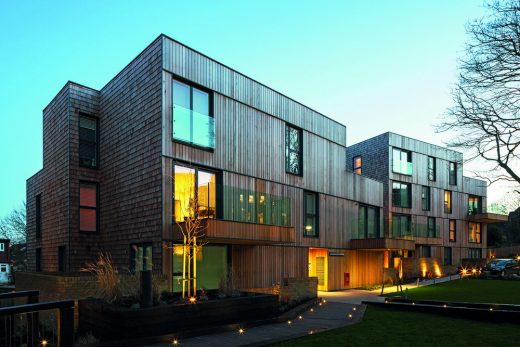
image Courtesy architecture office
College Road Houses, Dulwich, Southeast London
Architects: Thompson + Baroni with Stephen Marshall Architects
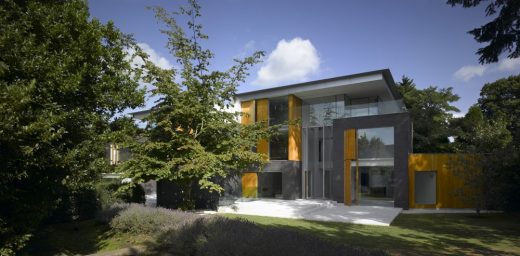
photograph courtesy of architects office
New Houses in Dulwich
St John’s Hill Redevelopment, Battersea, Southwest London
Architects: HawkinsBrown
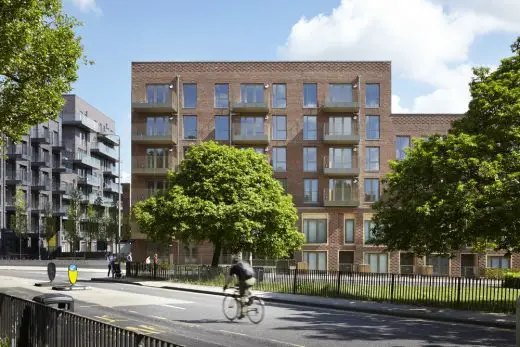
image from architect firm
St John’s Hill Redevelopment
Buildings / photos for the Walters Way House, Lewisham property design by MAP Architecture page welcome

